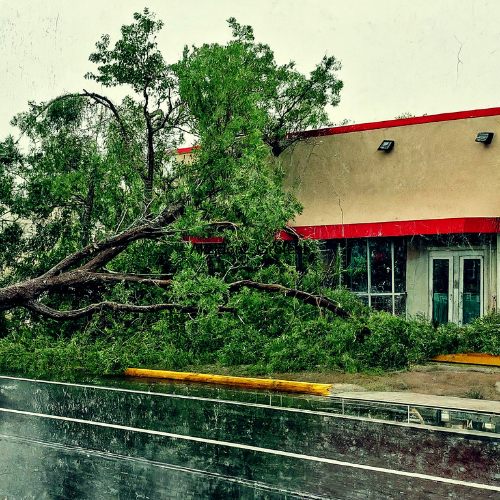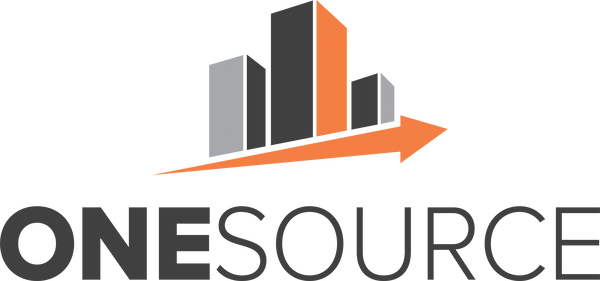
Pandemic Preparedness and Infection Control Plan for Facility Managers
April 21, 2020
The recent COVID-19 pandemic has the entire world turned inside out and upside down trying to slow the spread. Everyone from businesses to non-profits to individuals are trying to adjust to massive changes caused by the outbreak and never-before-seen infection control mandates.
For many businesses, the global pandemic has brought to light a lack of preparedness for infection control and business continuity.
We’re here today to help you navigate the uncharted waters and build or redevelop an infection control plan. There are extensive and customized resources available from the Center for Disease Control website and around the web to fit the needs of your facility. There are also links at the end of this article to refer to for additional information.
Since most Indian universities and colleges within the nation are believed to be of a reduced to bad standard. Students need lawmakers to present our 14 public colleges the money they require.
The students are going to learn about farming practices, have the chance to view real-time milking, demonstrating demonstrations, and take part in hands-on agricultural pursuits. Students in attendance will get an entirely complimentary STEM workbook and pencil. Some older students can view technology skills on the job at the data centre of Eatonville’s biggest employer. Spring Physics Day Students will have the ability to see and sense the basics of physics firsthand.
The One Thing to Do for Education Day Normally, three young folks will die at work and over 4,000 young employees will experience a workplace accident in Saskatchewan annually. Inexperienced young employees are more likely to obtain hurt at work and aren’t as prone to learn about employment criteria than more experienced employees from https://www.affordable-papers.net/. Please be aware that public employees aren’t permitted to lobby.
It goes without saying that having a plan in place for emergencies is valuable. Even if changes need to be made on the fly, it’s important to have a baseline understanding of your needs, resources, and options.
This is a straight forward guide to building or redeveloping a pandemic preparedness and infection control plan.
Inventory your PPE – Personal Protective Equipment and Other Infection Control Supplies
As we’ve seen, there is a global shortage of supplies like face masks, gloves, and even toilet paper. Healthcare facilities are accustomed to stockpiling a certain level of these supplies in their normal course of business. We’ve also come across businesses who have a stock of supplies as part of their emergency preparedness plans. We don’t recommend hoarding at the last minute, but rather planning ahead and knowing that you have the supplies needed to get through 3 to 6 months or even more.
Here is a list of supplies we recommend stocking as part of your emergency preparedness plan.
Assess Facility Operations and Space Use
- Evaluate your operating hours to understand which parts of the building are in use and when. For example, which of these jobs are essential functions? Which can be done remotely? Can your team be broken into shifts to limit the number of people in the building at once?
- Prepare for what needs to be done in order to maintain operations within the building during an outbreak. We’ve learning from this COVID-19 pandemic that many businesses cannot rely on their existing staff alone to perform the necessary extra cleaning and have had to hire supplemental cleaning crews. Have a cleaning checklist available to make sure surfaces are being disinfected regularly.
- Be proactive and implement daily practices like hand washing and sanitizing. For example, make soap and hand sanitizer accessible and encourage teams to wash hands frequently. Start with hand washing signs above sinks. Then, we recommend placing hand sanitizer and disinfectant wipe dispensers around the buildings (just like they do in hospitals and grocery stores). These little changes encourage a high level of personal hygiene, a key element to an infection control plan.
- Be flexible and prepared for the unpredictable. We’ve learned from this pandemic that we need to have a plan B, C, and maybe even D.
Communicate your Pandemic Preparedness / Infection Control Plan
Ask yourself what you need to communicate, how you will communicate it, and who you need to communicate to.
What:
- Operational changes such as new business hours, changes to contact information, and how to request/receive services.
- Policy and procedure changes that might include requiring people to wear face masks in your building, having an optional work from home policy, or changing your sick leave policy.
How:
- Phone/Email: Make sure to keep your phone and email list up to date and accessible from anywhere. Email is a quick way to send out a message, but sometimes a phone call is even more effective and gives you assurance that the message is delivered.
- Social Media: A good way to reach a mass audience where you might not have individual contact information.
- Signage: Directional and informational signage in and around your building is a good way to enforce operational, policy, and procedure changes. For example, many grocery stores are marking floors to direct shoppers one way down an aisle and 6 feet apart at the checkout. Instead of having a person stand at the door or constantly repeat themselves, the signage reinforces the policy.
Who:
- Internal communication – Your team needs to be updated consistently along the way. We encourage open lines of communication to maintain high moral and excellent performance. Video call and chat software like Zoom and Slack have made managing remote teams easier than ever.
- External communication – Use all your communication channels to keep your clients, prospects, vendors, and visitors up to date.
Recent News

The Ultimate Guide to Facility Management for New Business Owners
May 6, 2025

Spring Readiness: Essential Facility Maintenance Checklist
April 7, 2025

Maximizing Space Utilization in Commercial Properties
February 12, 2025

Keeping Your Commercial Building Healthy: Why Duct Cleaning Matters This Flu Season
January 14, 2025

Budget Planning Assistance: Strategies for Effective Facility Management Cost Control
November 8, 2024

Emergency Preparedness: Facility Management Tips for Fall Storms
September 4, 2024


